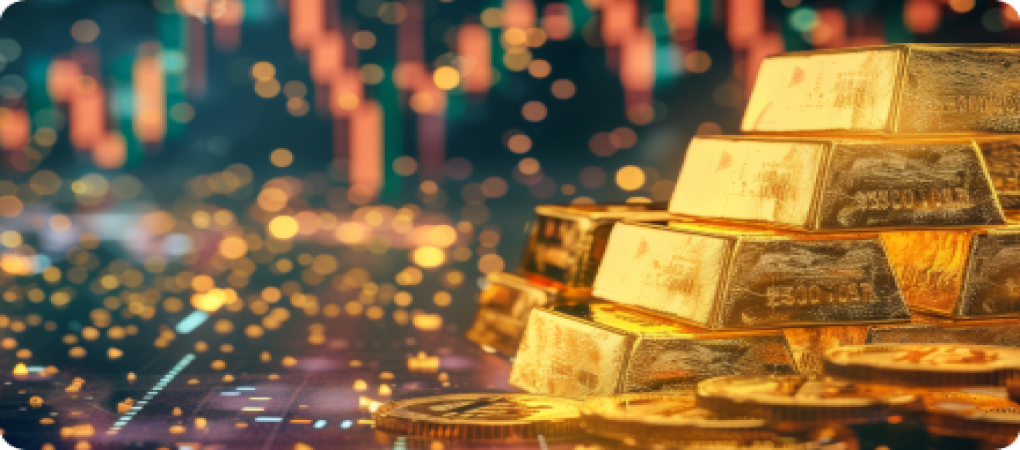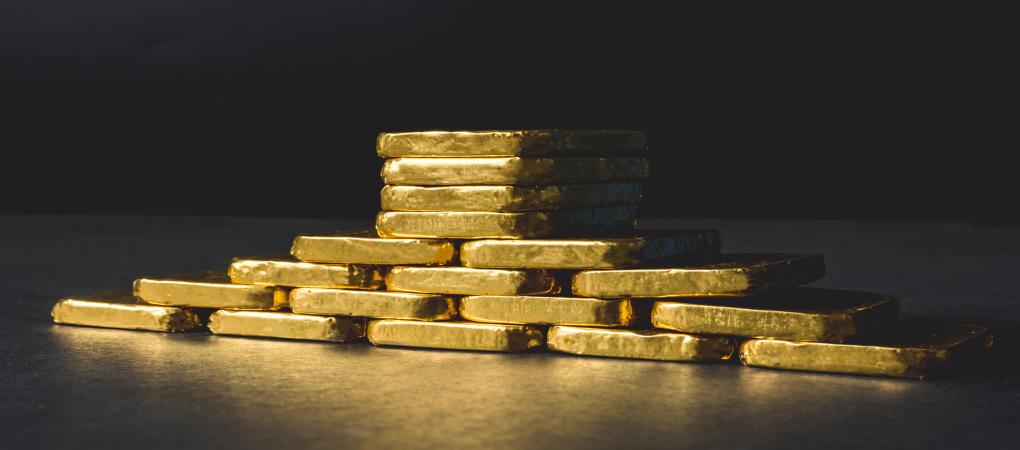
A Look at Gold Price Trends Over the Last Decade
Gold has long been regarded as one of the most reliable stores of value, offering investors a sense of security during times of economic uncertainty. As we look back at the last decade, the price of gold has experienced notable fluctuations, driven by a variety of factors ranging from global economic conditions to geopolitical events. In this blog post, we will analyze the price trends of gold over the last ten years, examining key periods of growth and decline, and exploring what factors influenced these movements.
A Decade of Uncertainty and Opportunity
The last ten years have been marked by significant economic events, such as global financial crises, trade tensions, and the ongoing effects of the COVID-19 pandemic. These events have had a direct impact on the price of gold, often causing sharp spikes in value during times of crisis and periods of uncertainty.
From 2015 to 2025, the gold price has demonstrated resilience, and its performance can be broken down into several key phases.
1. The Post-Recession Recovery (2015-2018)
At the start of the decade, the world was still recovering from the 2008 global financial crisis. While gold prices had peaked during the height of the recession, they began to stabilize in the years that followed. By 2015, gold had been hovering around the $1,050 per ounce mark.
Key Factors Influencing Price:
- U.S. Federal Reserve Policies: The Federal Reserve began to raise interest rates slowly, signaling a recovery in the U.S. economy. Higher rates generally make non-yielding assets like gold less attractive compared to interest-bearing investments.
- Geopolitical Stability: During this period, global political tensions were relatively low compared to the heightened instability seen in later years, which kept gold’s price in a holding pattern.
From 2015 to 2018, the price of gold remained relatively stable, rising gradually towards $1,300 per ounce by the end of 2018.
2. The Trade Wars and Economic Slowdown (2018-2019)
As we moved into the late 2010s, escalating trade tensions between the U.S. and China began to affect global markets. The tariffs and uncertainty created by the trade wars had a significant impact on investor sentiment, leading many to seek out the relative safety of gold.
Key Factors Influencing Price:
- U.S.-China Trade War: The tariffs imposed by both countries created significant volatility in global markets. In times of market instability, investors traditionally turn to gold as a hedge against uncertainty.
- Global Economic Growth Concerns: Signs of slowing economic growth, particularly in Europe and Asia, contributed to the rise in gold prices. Investors turned to gold as a safe-haven asset, pushing the price to new highs.
By the middle of 2019, gold had broken the $1,500 per ounce barrier, reflecting growing concerns about the global economy and rising geopolitical risks.
3. The COVID-19 Pandemic and Record-High Prices (2020-2021)
The onset of the COVID-19 pandemic in early 2020 marked a dramatic turning point in the price of gold. As governments around the world implemented lockdowns, central banks slashed interest rates, and unprecedented amounts of money were injected into the global economy through stimulus packages, gold prices surged to new record highs.
Key Factors Influencing Price:
- Pandemic-Induced Economic Uncertainty: The uncertainty surrounding the global economy due to the pandemic pushed investors toward gold, which traditionally performs well during periods of economic turmoil.
- Stimulus Measures and Low Interest Rates: In response to the economic slowdown, central banks, particularly the U.S. Federal Reserve, lowered interest rates and engaged in massive monetary stimulus programs. These actions made gold more attractive by reducing the opportunity cost of holding non-yielding assets.
- Weakened U.S. Dollar: The U.S. dollar weakened as a result of the global economic slowdown and monetary stimulus. Since gold is priced in dollars, a weaker dollar makes gold cheaper for foreign investors, further driving up demand.
In August 2020, gold prices reached an all-time high of over $2,000 per ounce, a milestone not seen in decades. Investors flocked to gold in anticipation of continued economic uncertainty and inflation fears.
4. Post-Pandemic Recovery and Inflation Fears (2021-2022)
As the global economy began to recover from the initial shock of the pandemic, the price of gold saw some volatility. The roll-out of vaccines and the subsequent reopening of economies helped drive global stock markets to new heights, leading some investors to move away from gold in favor of riskier assets.
However, concerns over inflation, supply chain disruptions, and rising energy prices created an environment in which gold once again started to gain traction.
Key Factors Influencing Price:
- Inflation Concerns: As economies recovered and demand surged, inflation fears began to rise. Gold is often viewed as a hedge against inflation, making it more appealing during times of rising prices.
- Interest Rates and Bond Yields: The U.S. Federal Reserve began to signal that interest rates would rise to combat inflation, which had a mixed impact on gold. While higher rates generally hurt gold, the uncertainty surrounding the pace and extent of rate hikes kept investors cautious.
Throughout 2021 and 2022, gold prices fluctuated between $1,700 and $1,900 per ounce, driven by inflation fears and the evolving recovery.
5. 2023 and Beyond: Navigating New Economic Challenges
As of 2023, gold prices have remained relatively strong despite ongoing economic challenges. With inflation concerns persisting and central banks around the world taking different approaches to monetary policy, gold continues to be seen as a reliable hedge against economic risks. The global geopolitical landscape, including tensions in Eastern Europe and elsewhere, also plays a role in influencing gold prices.
Key Factors Influencing Price:
- Continued Inflation and Geopolitical Instability: The ongoing rise in living costs and the potential for further geopolitical instability make gold an attractive investment for risk-averse individuals.
- Shifts in Monetary Policy: As central banks adapt their policies to respond to inflation and other economic challenges, the outlook for gold remains positive. However, the balance between higher interest rates and the desire for safe assets like gold is a delicate one.
Conclusion: A Decade of Volatility and Opportunity
Looking back over the past decade, it’s clear that the price of gold has been influenced by a multitude of factors, from global economic crises to geopolitical tensions and the COVID-19 pandemic. While gold has experienced periods of price fluctuations, its role as a safe-haven asset has been firmly cemented.
As we move further into the 2020s, gold will likely continue to play a crucial role in the portfolios of investors looking to protect their wealth from inflation, economic uncertainty, and market volatility. Whether you’re a seasoned gold investor or new to the world of precious metals, understanding these historical trends will help you make informed decisions about your investment strategy going forward.
At 24k X Gold, we stay closely attuned to market shifts and trends, offering both digital and physical gold options to suit your investment needs. Whether you’re looking to buy gold for its potential appreciation or as a hedge against risk, we’re here to help you navigate the gold market with confidence.




